Intro
The Pony di Esperia or Esperia Pony is an Italian pony, named for its home region in Italy with horse like characteristics, a big stride and an inclination for sporting.
Read more
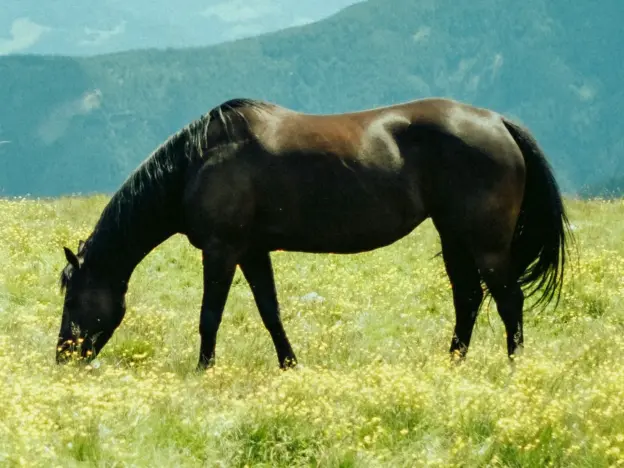
The Pony di Esperia or Esperia Pony is an Italian pony, named for its home region in Italy with horse like characteristics, a big stride and an inclination for sporting.
Read more
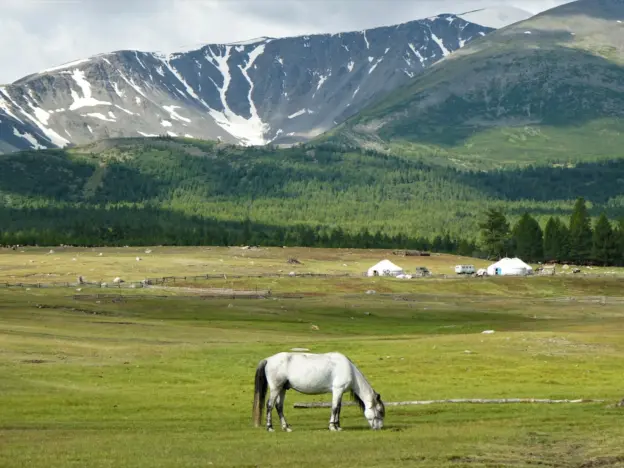
Originally developed for military use they were later popular for hunting at which they seem to excel. These animals are tough as nails and can walk through or over almost anything.
Read more
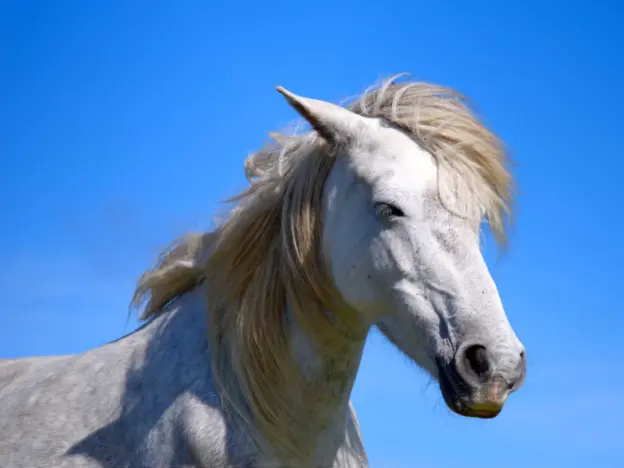
The Eriskay pony is one of the last pure pony strains that survives on the Hebrides Isles in Scotland and they are a very rare breed today.
Read more
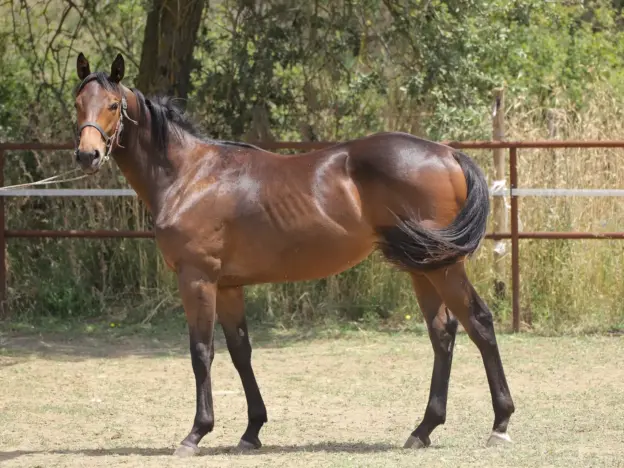
Few breeds, (besides perhaps their fathers, the Arabian and the Andalusian) have traveled as far and as wide as the English (or British) Thoroughbred animals have. While racing horses has been a sport for as long as we have been on their back, the British took horse racing to another level entirely.
Read more
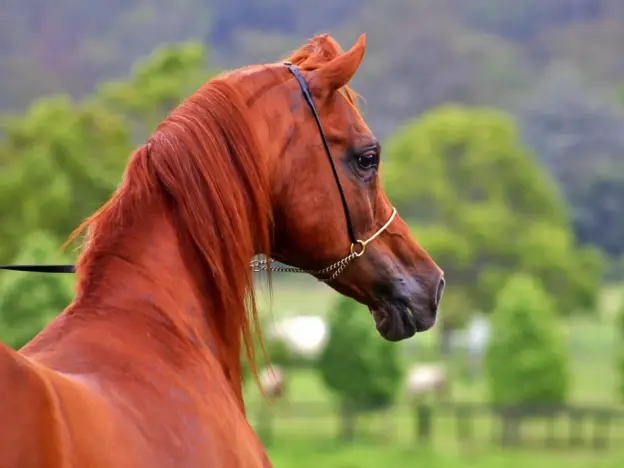

The modern day East Friesian bears little resemblance to the to the old East Friesian breed from which it comes. The modern breed is more closely related to today’s Oldenburg.
Read more
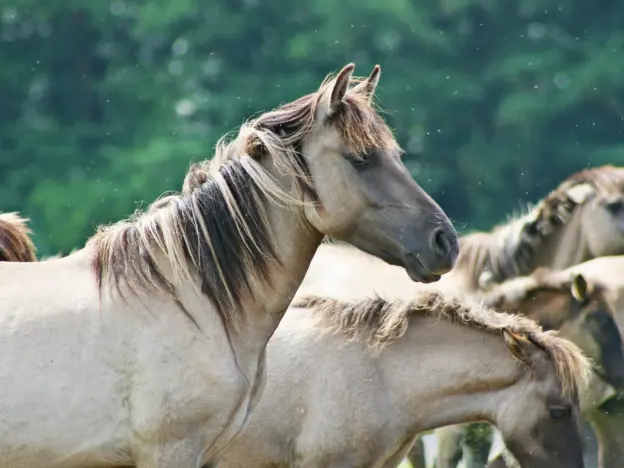
The Dülmen Pony is the only remaining pony of German origin that has always lived in completely natural conditions. Mother Nature has formed this breed, not mankind. That alone makes them rare in the world of horse breeds, which have almost always been shaped by our needs.
Read more
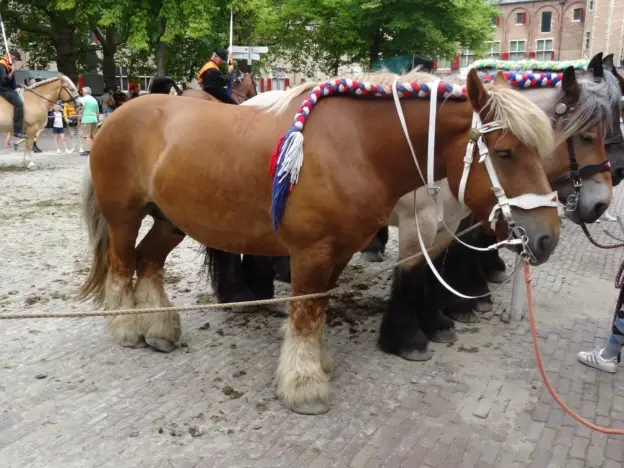
Similar in build to the Belgian Draft, the Nederlands Trekpaard, Zeeuwse Paard or Dutch Drafts were created using Belgian blood, along with the lineage of Zeeland and Ardennes animals.
Read more
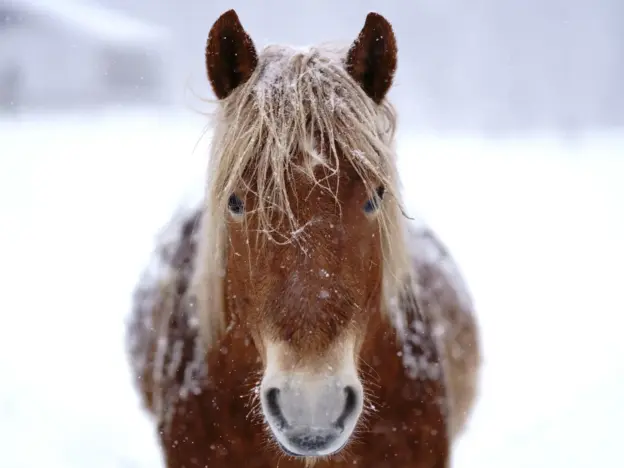
Also called Hokkaido Horse, the Dosanko comes from the Japanese island of Hokkaido. They are a revered breed in Japan and one of the most plentiful ancient Japanese pony breeds.
Read more
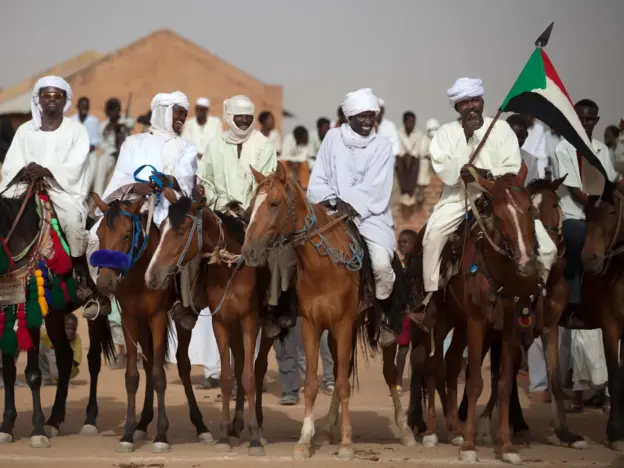
Also called the Dongolah and Dongolawi, the Dongala is believed to have come from the Dongala Providence in Sudan and thought to be a degenerate strain of Barb with Arabian influence. They are similar in looks and bloodlines to other breeds of West Africa who almost all fall collectively under the West African Barb category.
Read more